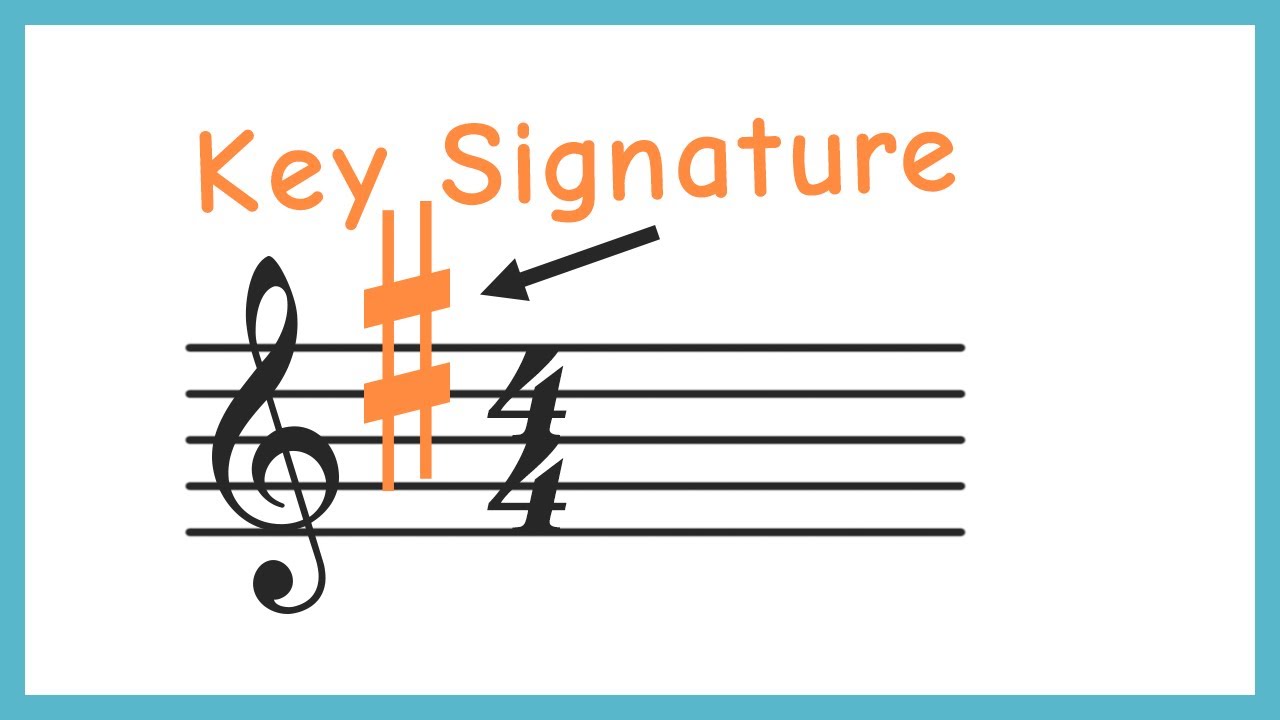바흐와 헨델이 사용한 조성(調性)에는 놀랍도록 광범한 체계가 있다. 위대한 극작가인 헨델은 오페라나 오라토리오에서 아리아의 조성을 선택함에 있어 매우 정확하고 세심하다. 어떤 곡을 F장조로 쓰느냐 혹은 F#장조, f단조, f#단조로 쓰느냐 하는 것은 그에게 있어서는 중대한 문제였다.

헨델에 있어서는 이들 조의 하나하나가 명확한 색채와 분위기와 의미를 가지고 있어서, 50년 이상에 걸친 작곡 활동 기간 가운데서 그것을 엄밀히 지키고 있다. 예컨대 F장조는 18세기를 통틀어서 전원적 기분의 조로 되어 있었다. 그리고 100년 후에 베토벤이 "전원 교향곡"이나 피아노와 바이올린을 위한 소나타 "스프링"(op. 24)를 위해서 역시 이 조를 선택하고 있는 것은 결코 우연한 일은 아니다.
F#장조는 헨델에게 있어서는 초월적이라고 부르는 데에 합당한 조였다. 실제 그는 # 기호 5개, 6개, 7개 사용하는 조를 모두 천국의 경험, 지상의 노고를 초월한 세계의 황홀한 환상, 영원한 평화와 천국의 위안 등에 결부시켜 생각하고 있었다.
f단조, f#단조는 두 개 모두 비극적인 조이지만 그 사이에는 미묘한 차이가 있다. f단조는 보통 깊은 슬픔, 우울을 나타내는 데에 사용되며, 어둡고 애수에 젖은 슬픔의 조이다. 18세기의 미적 견해의 1부는 베토벤에도 남아있다. 따라서 그가 "에그몬트" 서곡을 f단조로 쓰고 "피델리오" 제2막의 음침한 감옥의 장면을 f단조로 쓰고 있는 것도 역시 우연한 일은 아니다.
헨델에 있어서 f#단조는 비극적인 느낌이 강하지만 f단조보다는 우울과 슬픔이 적은 조였다. 이 조는 때로는 영웅적인 기분을 지니며 잔혹한 운명에 대한 용감한 저항을 나타낸다.
헨델의 오페라 음악 가운데에서 g단조는 질투를 불러일으키는데 즐겨 쓰이며, e단조는 비가의 기분을 나타내는데 전적으로 사용된다. 비탄의 기분을 가지는 음악 가운데 가장 뛰어난 걸작의 하나인 브람스의 교향곡 제4번에도 같은 단조가 선택되어 있는 것은 매우 흥미롭다. 브람스는 사실 헨델에서 많은 것을 배우고 그로부터 많은 암시를 받고 있다.
헨델의 G장조는 빛나는 대낮, 태양의 빛, 푸른 목장을 의미한다. C장조는 사나이다운 활동력, 군대적인 규율 및 자연의 힘을 나타내는 것으로 되어있다. 베토벤도 C장조를 이런 식으로 사용했다. 이것은 복잡한 심리를 떠난 꾸밈없는 솔직한 행동을 나타내는 조이며 독일인이 말하는 「자연의 조 Naturtonart 」이다. 여기에 열거하지 않는 조는 모두 이렇게 해서 음미해갈 수 있다. 헨델의 모든 화성조직과 전조의 스타일은 여러 조가 은근히 지니는 의미에 기초를 두고 있다.
2024.06.16 - [Music Story/서양음악사] - 바흐와 헨델의 음악적 특성(Bach and Handel's Musical Characteristics)
바흐와 헨델의 음악적 특성(Bach and Handel's Musical Characteristics)
바흐와 헨델의 예술을 바르게 감상하기 위해서는 음악을 좋아하고 감수성이 예민한 주의 깊은 청취자라는 것으로서는 충분하지 않다. 매우 뛰어난 음악가라는 것으로서도 충분치 않다. 예술가
zeong.tistory.com
https://youtu.be/zdLZe-btrgA?si=qnq-h2wGJ4e2zkMR
There is a surprisingly extensive system of keys used by Bach and Handel. Handel, the great playwright, is very accurate and meticulous in choosing the composition of the aria in an opera or an oratorio. Which song was written in F major, or F# major, or f# minor was a serious matter for him.
For Handel, each of these keys has a clear color, atmosphere, and meaning, and it is strictly observed throughout the more than 50 years of compositional activity. For example, F major was in a key of bucolic moods throughout the 18th century. And it is no coincidence that 100 years later Beethoven is also choosing this key for Symphony No.6 "Pastorale" or sonatas for Sonata for piano and violin "spring" (op. 24).
F# major was a reasonable tone for Handel to call it transcendent. In fact, he was thinking of all the keys using the # 5, 6 and 7 symbols in connection with the experience of heaven, the ecstatic illusion of the world that transcends the hard work of the earth, and the solace of eternal peace and heaven.
Both in f minor and f# minor are tragic, but there is a subtle difference between them. F minor is usually used to express deep sadness and depression, and it is a dark, mournful tone of sadness. The first part of the 18th century's aesthetic views remains in Beethoven. It is also not coincidental that he is writing the "Egmont" Overture in f minor, and the dreary prison scene in the second act of "Fidelio" in f minor.
For Handel, f# minor was a key with a strong tragic feeling, but less depression and sadness than f minor. This key has a heroic mood at times and represents a brave resistance to a brutal fate.
Among Handel's opera music, g minor is used to arouse jealousy, and e minor is used entirely to express the feeling of rain. It is very interesting that the same minor was selected in Brahms Symphony No. 4, one of the most outstanding masterpieces among music with a feeling of grief. Brahms actually learned a lot from Handel and has received a lot of hints from it.
Handel's G major means shining broad daylight, light of the sun, and blue ranch. C major is supposed to represent ferocious activity, military discipline, and power of nature. Beethoven also used C major in this way. It is a key representing an unvarnished and honest action that has left a complex psychology and is what the German calls "Naturtonart." All of the keys not listed here can be appreciated in this way. Handel's harmonious organization and the style of modulation are based on the hidden meaning of several keys.
'Music Story > 서양음악사' 카테고리의 다른 글
| 바흐의 논리적 구조-상징법 1(Bach's Logical Structure-Symbolic Method 1) (148) | 2024.07.14 |
|---|---|
| 헨델의 조성 2(Handel's tonal key signature 2) (130) | 2024.07.04 |
| 바흐와 헨델의 음악적 특성(Bach and Handel's Musical Characteristics) (154) | 2024.06.16 |
| 18세기 음악의 공통 기반- 예술 변천의 법칙 1(The Common Foundation of 18th Century Music 1) (150) | 2024.05.27 |
| 1700년대의 시대사조가 음악에 끼친 영향 3(The influence of the trend of the 1700s on music 3) (136) | 2024.05.12 |



